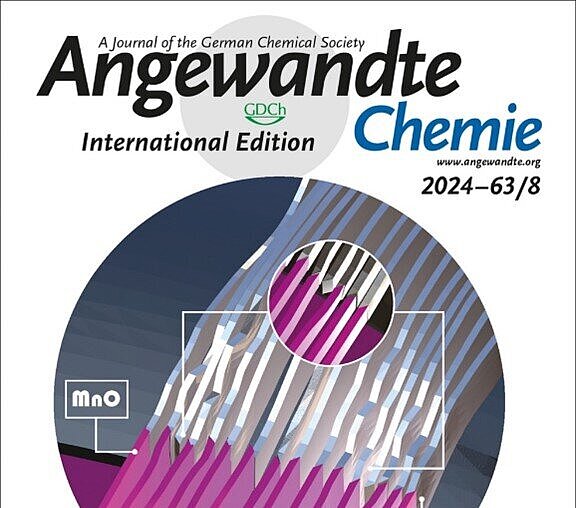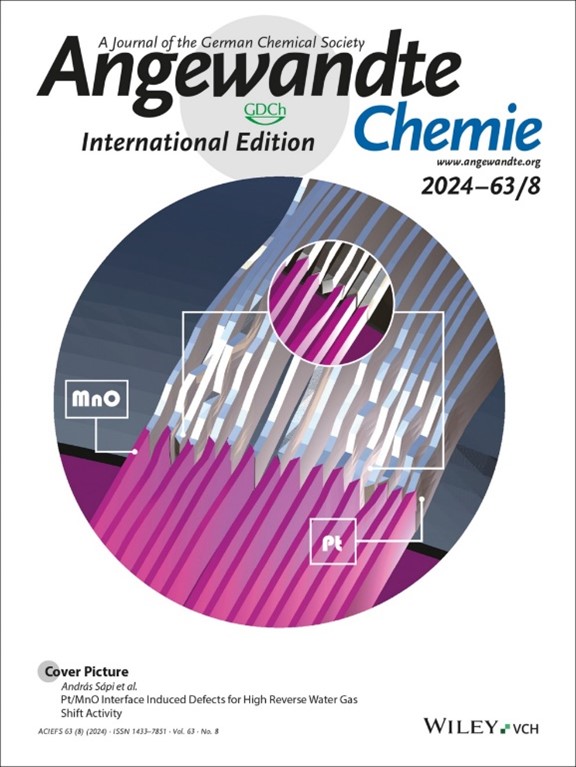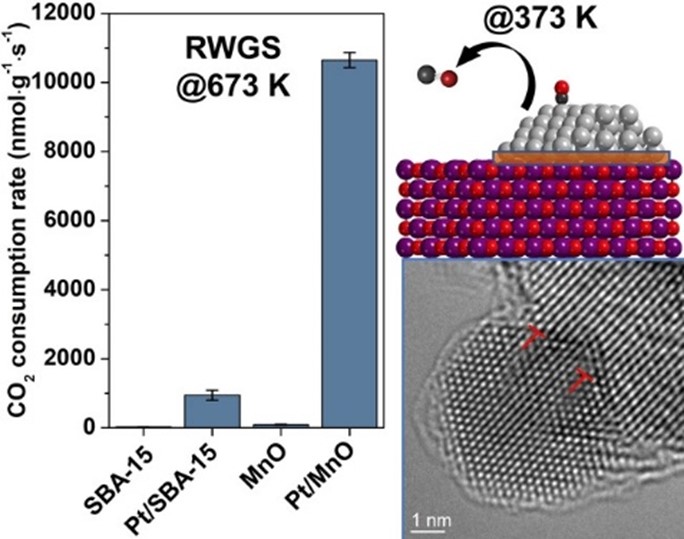Interface Dislocations Matter –– in the catalysts for CO2 capture and utilization.

The mechanism and performance of a catalytic reaction (that uses a catalyst to aid the reaction) are greatly affected by the interfacial interactions between the catalyst particles and the reaction surface.
The reverse water gas shift reaction (RWGS) is a notable carbon capture and utilization (CCU) process that absorbs and converts CO2 into syngas content, a source of fuel.
In a joint study by a research team from Hungary, Austria, and Spain, Scientists have developed a catalyst featuring platinum (Pt) nanoparticles and manganese oxide (MnO) for the RWGS reaction. This catalyst is about 10 times more active than the reference catalyst and maintains a selectivity of over 99 %. This enhanced performance was found to be the result of disruptions at the Pt/MnO interface that alter the structure of Pt nanoparticles. The scientists thus discovered a new class of defects that are generated at the interfaces.
This study highlights the importance of atomic-level interdependence in how metal catalysts work. It can also be used in the future design of catalysts in environmental sciences.
Please see the YouTube video made by Wiley from the story.
Publication:
https://doi.org/10.1002/anie.202317343
On the cover:
https://onlinelibrary.wiley.com/toc/15213773/2024/63/8
Video:
Further information:
Priv.-Doz. Dr. Zaoli Zhang
Erich Schmid Institute of Materials Science, Austrian Academy of Sciences
Email: zaoli.zhang@oeaw.ac.at

